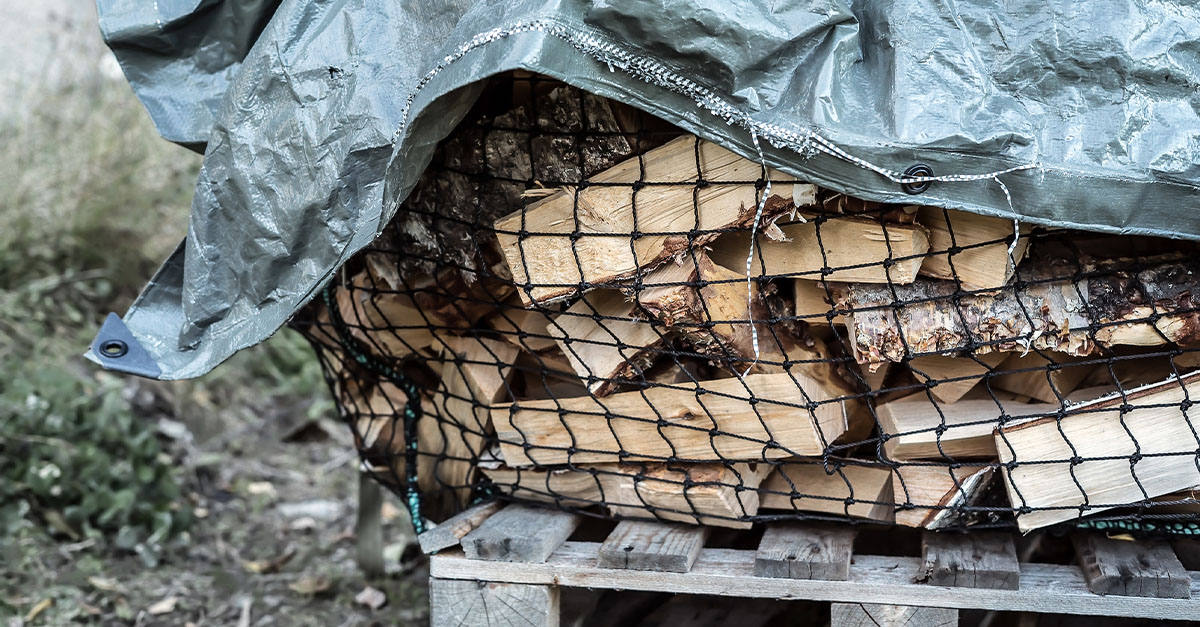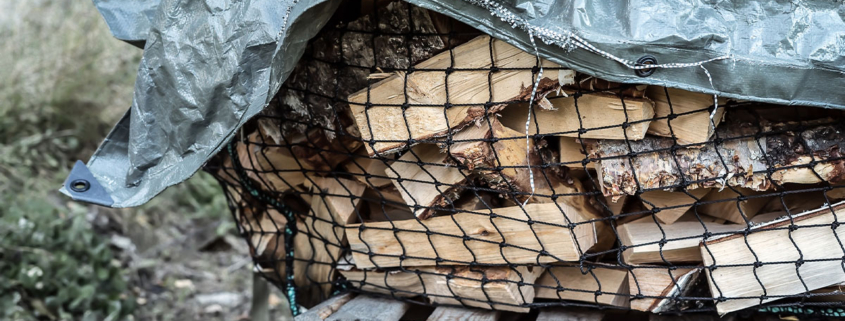How to Protect Stored Firewood from Pests and Rot
Sitting by the fire on a crisp, cool night is one of life’s quiet pleasures. But when your firewood supply surprises you with an unpleasant discovery, it can turn your hygge upside-down, disrupting what could have been a cozy evening.
Unfortunately, firewood is prone to pests and rot. At best, these issues could be a nuisance — at worst, a serious hazard. The good news: We have some tips to keep your kindling in top-notch quality for a season of evenings by the hearth.
What Are the Risks of Pests or Rot in Firewood?
First and foremost, you can take comfort in the fact that most of the pests found in firewood are unlikely to cause direct harm to you or your family. (Though do be mindful that both black widows and brown recluses can make their homes in gaps between stacked wood.) But that’s not to say any insect can’t become a hassle.
Take termites, for one: while tracking a few in your home won’t cause major damage, if they’re found in wood piled close to your house, an infestation could ensue. And while wood-boring beetles and carpenter ants that hitch a ride indoors probably won’t take hold in your walls, you’d probably prefer to keep creepy crawlers outside.
Rot can also be a concern. Typically, firewood becomes rotten when it’s exposed to high moisture levels. While even well-seasoned wood contains at least some water content, higher-than-average moisture levels can lead to poor performance and buildup of creosote, a serious risk for chimney fires.
How Do You Keep Pests Out of Firewood?
Take Things Up a Notch
Leaving firewood on the ground is essentially an open invitation for an insect house party. Fortunately, raising it is a simple solution. You can find firewood racks online and at many home improvement stores, though cinder blocks and lumber pallets work just as well.
Keep It Covered
Having your firewood elevated also makes it easier to tarp off, since you now have anchor points for bungee cords or rope. Not only will a cover help keep bugs at bay, but it can also prevent precipitation from seeping in.
Use Up Old Stock
If you continuously add to your firewood pile but take only from the top, that means the logs on the bottom will go unused. As wood ages, it decomposes and will eventually attract pests. It’s therefore a good rule of thumb to always grab your oldest wood. To avoid having to reshuffle your pile each time, add onto it by placing new wood width-wise.
How Can You Protect Firewood Against Rot?
Besides deterring pests, covering and rotating your firewood will also go a long way to reduce the risk of rot. Here are a few extra steps you can take to keep your wood from getting too damp.
Stack Strategically
Stacking logs might sound straightforward, but believe it or not, there are multiple methods to consider. No matter which you choose, the goal is to keep the pile level but still allow for ample airflow so moisture can’t get trapped.
Give Some Space
The placement of firewood on your property can also help or hurt when it comes to moisture. Ideally, you’ll want to keep your supply away from anything that could attract moisture, including outdoor rugs, nearby shrubbery, and soil.
Schedule a Consultation With an Arborist at Premier Tree Solutions
If you’re thinking of having a tree cut down for future firewood, turn to Premier Tree Solutions. Our arborists can assist you with your tree care needs through every season. Contact us online for an assessment or reach us at 404.252.6448.










